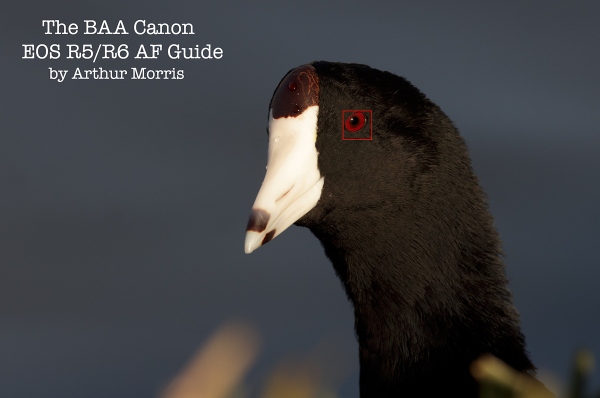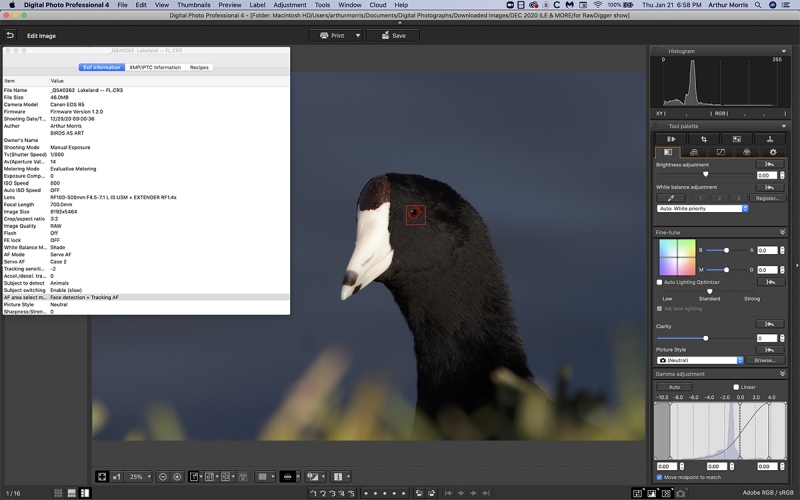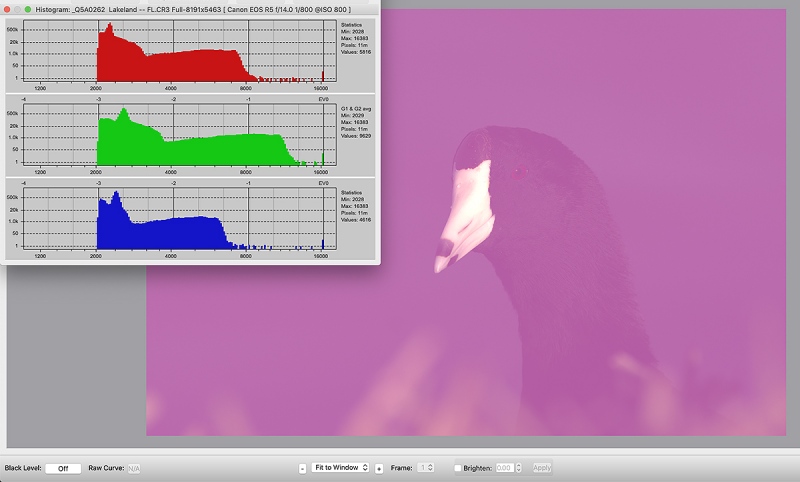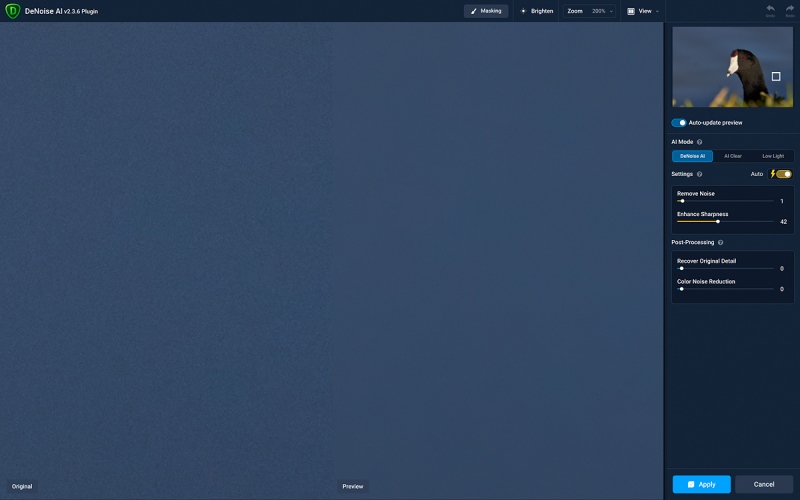What’s Up?
I had my teeth cleaned at 7am yesterday and was done by 7:22am. Jim drove me to Lakeland where my first morning stop had zero American White Pelicans. In previous years there had always been dozens of the huge, beautiful, easy-to-approach pelicans resting on the bulkheads around the lake … Things were better at my back-up morning lake with lots of Lesser Scaup and a few Ring-necked drakes as well. I used my SONY 200-600 with the a9 ii while my brand new Canon rig remains in the product boxes on the dining room table …
We stopped at Mickey D’s for breakfast and headed back to Lake Wales for my appointment with TJ. I arrived about 15 minutes early only to learn that I was 24 hours and 15 minutes early. My appointment was for the next day, Friday 🙁
Jim and I headed down to the lake at about 1pm and we erected the largest, tallest-ever perch. It has a rather pointed top and I am wondering if the birds will take to it …
There was some nice sunset color on Thursday evening but with the wind from the west the birds coming to roost were landing away from me so I never even set up my lens. I did get some great sunset stuff on Wednesday evening and will share two of those along with my new sunrise/sunset exposure methodology with you there.
After posting this:
The exposures are very tough when you work in manual mode as you need to avoid over-exposure when the bird or birds are set against the brightest areas of the sky, those right next to the setting sun. But as the birds get away from those brightly colored skies, away from the sun or the spot where it just set, you will wind up with too-dark raw files.
If you can think of a solution to this problem, please, please pretty please leave a comment. And please be specific. What exposure mode? What Exposure Compensation?
in yesterday’s blog post here, I was surprised that nobody took a crack at a better way to work exposure-wise when dealing with richly-colored skies at sunrise or sunset.
This blog past makes thirty-three days in a row with a new blog post. This one took about 2 hours to prepare. Please remember …
Levered-Clamp FlexShooter Pro
We have just one Induro GIT 404L/Levered-Clamp FlexShooter Pro in stock. Two dozen are being shipped from Hungary on Tuesday. The ballhead that acts like a gimbal and serves all purposes, is indeed taking the world of nature photography over by storm. And it’s all on the level too!
Please Remember
With income from IPTs approaching zero, please, if you enjoy and learn from the blog, remember to use one of my two affiliate programs when purchasing new gear. Doing so just might make it possible for me to avoid having to try to get a job as a Walmart greeter and will not cost you a single penny more. And if you use Bedfords and remember to enter the BIRDSASART code at checkout, you will save 3% on every order and enjoy free second-day air shipping. In these crazy times — I am out at least forty to sixty thousand dollars so far due to COVID 19 (with lots more to come) — remembering to use my B&H link or to shop at Bedfords will help me out a ton and be greatly appreciated. Overseas folks who cannot order from the US because of import fees, duties, and taxes can always help out by clicking here if they see fit.
|
|
RawDigger e-Guide pre-publication version |
RawDigger e-Guide and Video Advance Copy Still Available — but not for long …
Save $10 Now
The RawDigger e-Guide and Video is almost finished. It will sell for $51.00. If you are anxious to get started with RawDigger, learn to mega-Expose to the Right, and wind up with the highest quality image files, you can save $10.00 and have a chance to review a recently updated pre-publication version of the guide by sending a PayPal for $41.00 to birdsasart@verizon.net with the words RawDigger e-Guide and Video Pre-publication Copy cut and pasted into the Subject line. The recent delay is the result of my recent conversations with Iliah Borg, the brains behind RawDigger. It is very likely that the Shock-your-World section will shock you.
In the new guide, we teach you why the GREEN channel is almost always the first to over-expose. We teach you how to interpret the Max G values. And most recently, we teach you a simple way to evaluate your exposures using an adapted RawDigger histogram. And tons more, of course. I am planning on having the completed RawDigger e-Guide ready for sale by this coming Wednesday. Folks who saved $10.00 by pre-ordering will of course receive a link to the final PDF.
The BAA Used Gear Page
The Used Gear page continues to be very active. The BAA Used Gear Page is the place to sell your used photographic equipment. We will help you to get your gear sold quickly for 20 to 60% or more than what the big guys are offering … Doubt me? Check out the Recent Sales list for the past eleven months at the bottom of the page.
Canon R5/R6 AF e-Guide Info
So far, 70 folks have sent PayPals for their copy of the Canon R5/R6 AF e-Guide. And 28 who used my affiliate links to purchase their R5 have e-mailed for and received their free copy of the guide. If you e-mailed or sent a PayPal and did not receive your guide, please LMK immediately via e-mail.
Feedback has been overwhelmingly positive so far. Three folks wrote stating that they had a better way of setting up AF on their R5s. When I wrote back explaining why they were in error, two of them back-tracked. One stubborn guy is still doing it his way — less efficiently. Be sure to scroll down to read about my plans for a Canon R5/R6 User’s e-Guide. Understand that the info in the BAA Canon R5/R6 Autofocus e-Guide is so important that I opted to publish the AF guide immediately as the R5/R6 User’s Guide will take at least a month to finish.
|
|
BAA Canon R5/R6 Autofocus e-Guide |
BAA Canon R5/R6 Autofocus e-Guide
Twenty-one pages. 3,452 words. 28-DPP4 screen captures showing the R5’s vaunted AF system in action. Note: the AF system of the R5 is identical to the AF system of the R6.
You will learn:
1- The two most useful AF Methods for general bird photography and for birds in flight.
2- How to set up your R5/R6 AF Menus.
3- What boxes to check (and un-check) under Limit AF Methods.
4- How to change the AF Method quickly, easily, and efficiently. Note: the default way of doing this is clunky, cumbersome, and inefficient at best. One person replied that this tip alone was worth the price of admission.
5- The only setting that should be used for Initial Servo AF pt for Face Detection + Tracking.
I you are currently using multiple back buttons either for general bird photography or for birds in flight, what you learn in this guide will change your life. For the better.
Here are the first three paragraphs of this e-Guide:
From the moment I learned about the new Canon mirrorless bodies, I read about using two or three back-buttons to focus using different AF methods. The word on the street said that the way to go for birds in flight was to use one button to acquire focus with Zone AF or with Large Zone: Horizontal AF and then switch to another button to activate Face Detection + Tracking AF and then use the shutter button to make an image. My immediate thought was, “This is insanity! There has got to be a better way.” In short, there is a far superior way to set up AF on your R5 or R6.
Remember that I got away from any form of back-button or rear focusing many years ago after finally realizing that it is always easier to do one thing (press the shutter button), than it is to do two things (press a back button and then press the shutter button).
The default method of switching AF Methods with the R5/R6 bodies is cumbersome at best. It involves first pressing the grid button (my name) on the upper right back of the camera and then pressing the hard-to-access M-Fn button to toggle through the AF Methods. This method is so bad that it will not be mentioned again in this guide.
The guide is free to all who have ordered an R5 or an R6 using my B&H affiliate link or from Steve Elkins/Bedfords using the BIRDSASART coupon code at checkout. Please send your receipt to me via e-mail. It will take me a few days to a week to verify the B&H purchases. Bedfords folks should expect their free e-Guides fairly quickly.
To purchase your copy of the e-Guide, please click here or send a PayPal for $25.00 to birdsasart@verizon.net and be sure to include the words R5/R6 AF Guide in your PayPal e-mail.
Everyone who gets the guide will receive a free update no later than the first week in February.
Canon R5/R6 User’s e-Guide
As regular readers know, I am working on a complete Canon R5/R6 User’s e-Guide. This will require a lot of research, a lot of time, and a lot of effort. I am hoping to have it complete by mid- to late February. As always, folks who use the BAA affiliate links to purchase their Canon gear will receive a substantial discount.
Understand that the info in the BAA Canon R5/R6 Autofocus e-Guide is so important that I opted to publish the AF guide right off the bat to help folks get started with their new camera bodies. I may soon offer a pre-publication version of the User’s e-Guide … At a discount, of course.
Great Topaz News!
Folks who use the BAA Topaz link to purchase Sharpen AI, DeNoise AI, or the Utility Bundle (or any other Topaz plugins) will receive a 15% discount by entering the ARTHUR15 code at checkout. To get the discount you must use my link and you must enter the discount code. Be sure to start with this link.
Topaz Stuff
As I said just a while back and have said often many times before, I should have listened sooner. If you, like me, are new to the Topaz party, please use this link to purchase. Right now I can wholeheartedly recommend both Topaz Sharpen AI and Topaz DeNoise AI. Though I have not yet worked with JPEGtoRAW AI or Gigapixel AI, I have installed both of these plug-ins and look forward to trying them on some I-Phone 11 images fairly soon. If you are thinking like me, consider the Utility Bundle that includes all four plug-ins mentioned above at a money-saving price.
Again, those who purchase Sharpen AI or DeNoise AI using my link, can e-mail to request a short Getting Started with Topaz e-Guide. I had a bit of trouble getting the two plug-ins installed and having them appear in the Photoshop Filter Menu. In addition, I will explain how to best learn about the two plug-ins by applying them on a Layer (in Photoshop).
New and Better Bedfords Discount Policy!
You can now save 3% on all of your Bedfords photo gear purchases by entering the BIRDSASART coupon code at checkout. Your discount will be applied to your pre-tax total. In addition, by using the code you will get 2nd day air shipping via Fed Ex.
Grab a Nikon AF-S Teleconverter TC-14E III and save $14.99. Purchase a Canon EOS R5 and your discount will be $116.97. Purchase a Sony FE 600mm f/4 GM OSS lens and save a remarkable $389.94! Your Bedford’s purchase no longer needs to be greater than $1,000.00 for you to receive a discount. The more you spend, the more you save.
Money Saving Reminder
Many have learned that if you need a hot photo item that is out of stock at B&H and would enjoy free overnight shipping, your best bet is to click here, place an order with Bedfords, and enter the coupon code BIRDSASART at checkout. If an item is out of stock, contact Steve Elkins via e-mail or on his cell phone at (479) 381-2592 (Central time). Be sure to mention the BIRDSASART coupon code and use it for your online order to save 3% and enjoy free 2nd-day air shipping. Steve has been great at getting folks the hot items that are out of stock at B&H and everywhere else. The wait lists at the big stores can be a year or longer for the hard to get items. Steve will surely get you your gear long before that. For the past year, he has been helping BAA Blog folks get their hands on items like the SONY a9 ii, the SONY 200-600 G OSS lens, the Canon EOS R5, the Canon RF 100-500mm lens, and the Nikon 500mm PF. Steve is personable, helpful, and eager to please.


Gear Questions and Advice
Too many folks attending BAA IPTs (remember those?) and dozens of photographers whom I see in the field and on BPN, are–out of ignorance–using the wrong gear especially when it comes to tripods and more especially, tripod heads… Please know that I am always glad to answer your gear questions via e-mail. Those questions might deal with systems, camera bodies, accessories, and/or lens choices and decisions.
|
|
|
This image was created on 29 December 2020 at Lakeland, FL. I used the handheld Canon RF 100-500mm f/4.5-7.1L IS USM lens with the Canon Extender RF 1.4x (at 700mm) and the highly touted 45MP Canon EOS R5 Mirrorless Digital camera body. ISO 800. Exposure determined by experience and luck and confirmed as perfect by RawDigger: 1/800 sec. at f/14 (stopped down one full stop from f/10 which is wide open at 500mm) in Manual mode. AWB at 7:51am on sunny morning. Face detection + Tracking/AI Servo AF was active at the moment of exposure and performed perfectly as seen below. Click the image to see a larger version. Image #1: American Coot head portrait |
Canon EOS R5 Crop-ability
It goes without saying that sharp R5 images can stand up to healthy crops. I have not done the math with today’s featured image, Image #1 above, but would estimate that about 50% of the original pixels were cropped away. I did that in part to eliminate the yellow, out-of-focus grasses in the lower right corner. While the image quality and sharpness held up well to the large crop, I improved that by running the image through Topaz Gigapixel AI at 2X. Image quality improved as the file size doubled.
How to use Topaz Gigapixel AI
I convert both my SONY and Canon images in Capture One and bring the TIFs into Photoshop. First I crop with Delete Cropped Pixels. Next, I run Topaz DeNoise AI (as I did with today’s featured image as seen below). Then I do my clean-up work and make any other Photoshop adjustments. Then I save the image with the prefix “For Giga.” Finally, I open Gigapixel and drag the saved image into the GP window, select 2X, and hit “Save Image.” After rendering — it takes a few minutes — the image is saved to the folder from which it was opened. Then I return to Photo Mechanic and delete the converted TIF and the “For Giga” file to save space. I open the Gigapixeled image in Photoshop, rename it, and create a 1200px JPEG for the blog via an action in Photoshop.
I have had great success in up-rezzing large crops and with cell phone images as well. The up-rezzed images are not only larger, but they are sharper as well.
Why f/14?
It is important to stop down when working close to the minimum focusing distances of a lens where depth-of-field is razor-thin at best.
|
|
Image #1A: DPP 4 screen capture for American Coot head portrait |
The DPP 4 Screen Capture
“Edit Image” mode in DPP 4 shows the active AF point or points as long as you have the AF Points box under Preview checked. You can toggle AF points on and off using the Command + J keyboard shortcut. I always leave the box checked. Command I toggles the EXIF information box on an off. Note here that Face detection + Tracking/AI Servo AF worked perfectly with this image. Note also that the DPP 4 histogram pales in comparison to the RawDigger adapted histogram (as seen below for this image), especially at the highlight end.
|
|
Image #1B: RawDigger screen capture for American Coot head portrait |
The RawDigger Adapted Histogram for Today’s Featured Image
In the nearly completed RawDigger e-Guide, you will learn what causes the tiny over-exposed tiny spikes at the highlight end of the histogram in all three color channels. You will — of course — learn how to set up the Adapted Histogram and use it to evaluate the exposures and raw file brightness for files from pretty much every dSLR and Mirrorless camera body in use today. It performs perfectly with my Canon CR.2 files from 2001, and with all of my Nikon NEF files as well. Like me, you will probably find that you were severely under-exposing everything, especially overall light-toned images that were created in low light. RawDigger has been a game-changer for me.
|
|
Image #1C: Topaz DeNoise AI screen capture for American Coot head portrait |
Topaz DeNoise AI Continues to Amaze
As WHITEs require one stop less light to be properly exposed than middle-tones do, the blue water background is one stop under-exposed despite the perfect exposure for the image overall. Why is that? Because we always need to expose as far to the right as possible while maintaining highlight detail.
Note that a clean coot’s bill is about as white as white can be. Having exposed perfectly to the right, as noted above, the blue water background is at least one full stop under-exposed. Thus the noise. Of note for R5 user’s is the hint of color noise visible in the before image on the left. I have yet to see any color noise in a SONY image no matter the exposure. IAC, Topaz DeNoise cleaned it up beautifully and thus would seem to be a mandatory part of the workflow for all Canon R5 user’s.
Oh, BTW, this is an absolutely dead-solid perfect exposure.
|
|
Image #1D: American Coot head portrait fine detail |
You Want Detail?
It is a given that sharp R5 files are incredibly detailed. With the large crop of the original image followed by Gigapixel AI at 2X, the fine detail here should please just about anyone. Note also that whenever you add a teleconverter sharpness is decreased by about 14% …
Typos
In all blog posts and Bulletins, feel free to e-mail or to leave a comment regarding any typos or errors.




















Hi Anthony. I know that you are tired of hearing this but if you were blowing the WHITEs and/or highlights with Canon that was 100% operator error 🙂 Yes, it is much easier for me with SONY and Zebras but if you can make a test image and know what you are doing, you can learn to mega-Expose to the Right with any system 🙁
And yes. The Topaz stuff has been transformative 🙂
I will work on my list!
with love, a
Purely for info purposes, I recently asked Topaz about their preferred workflow and they suggested first Denoise AI, then Sharpen AI and finally Gigapixel AI. I continue to be utterly blown away by the results, having returned to images I took over 12 years ago – the results have been simply incredible. So Artie, thanks for your encouragement in encouraging me to invest in Topaz labs (and yes, I did do it through your website).
You are most welcome. And I agree. I use SH AI only rarely. And I run GigaPix when my Photoshop work is complete.
with love, a
Love that ‘ol Coot!
I try to emulate the way you expose your whites (way to the right).
I’m having success with my Sony gear. When I shot Canon (1DXII & 5DM4), highlights would many times be partially blown. I always felt Canon’s files were heavy on the highlights. Looks like the R5 is working great for you in that regard!
I think Topaz is revolutionary. What do you think Artie? Has there every been anything so transformative? Yeah, digital is probably the most transformative, but we’re 20+ years into it now.
It would be fun to see your top ten most revolutionary photographic technologies.